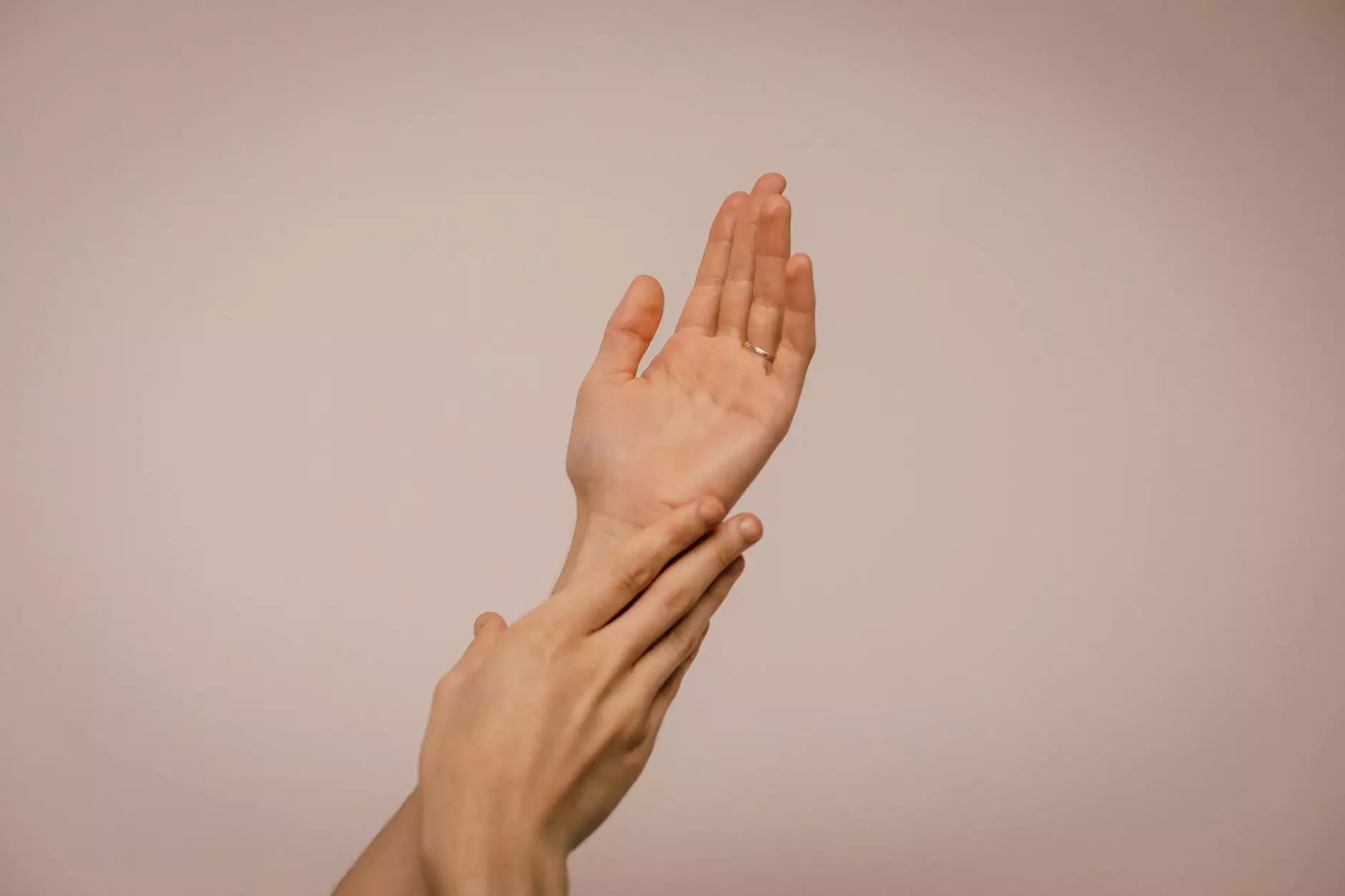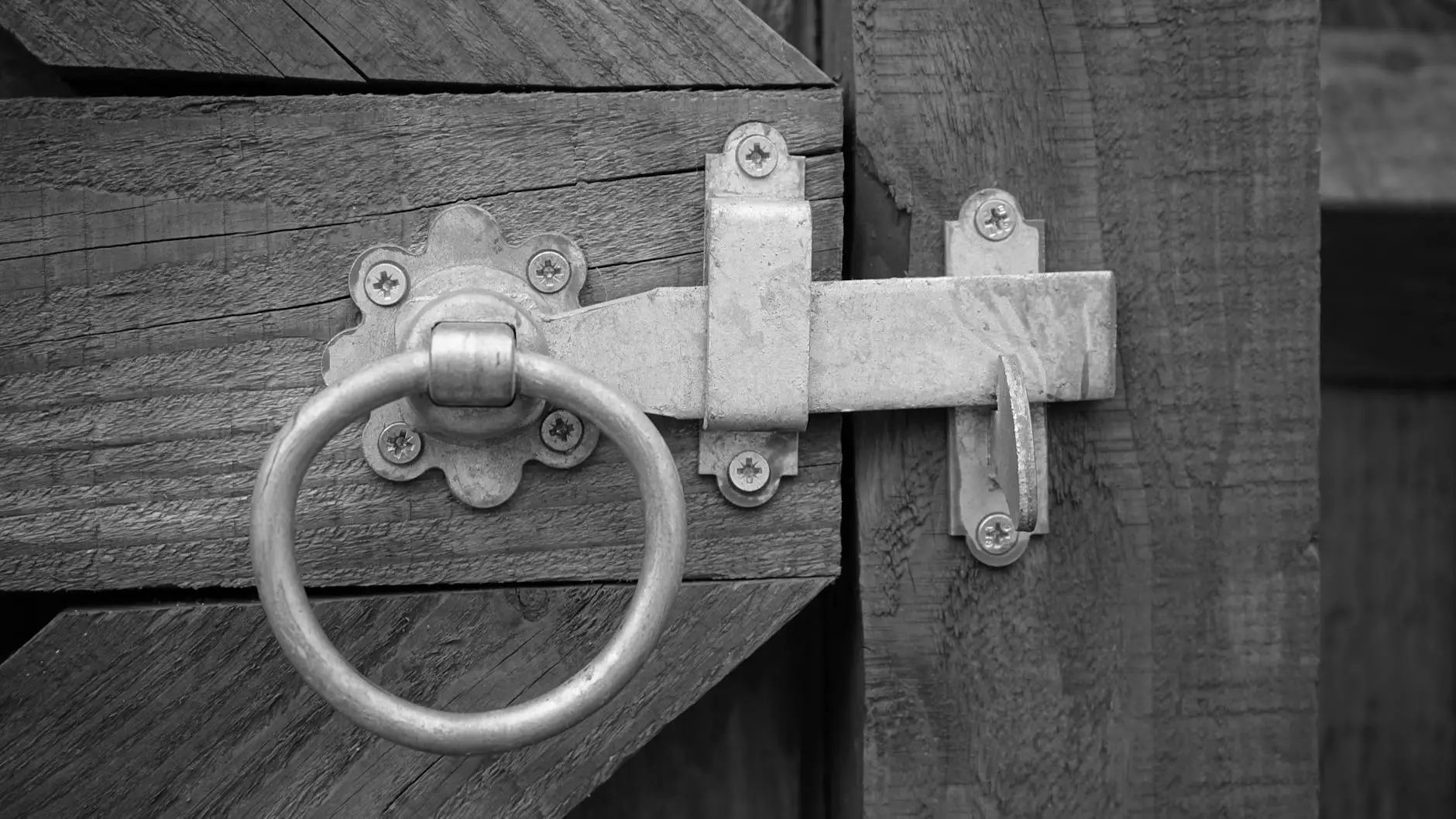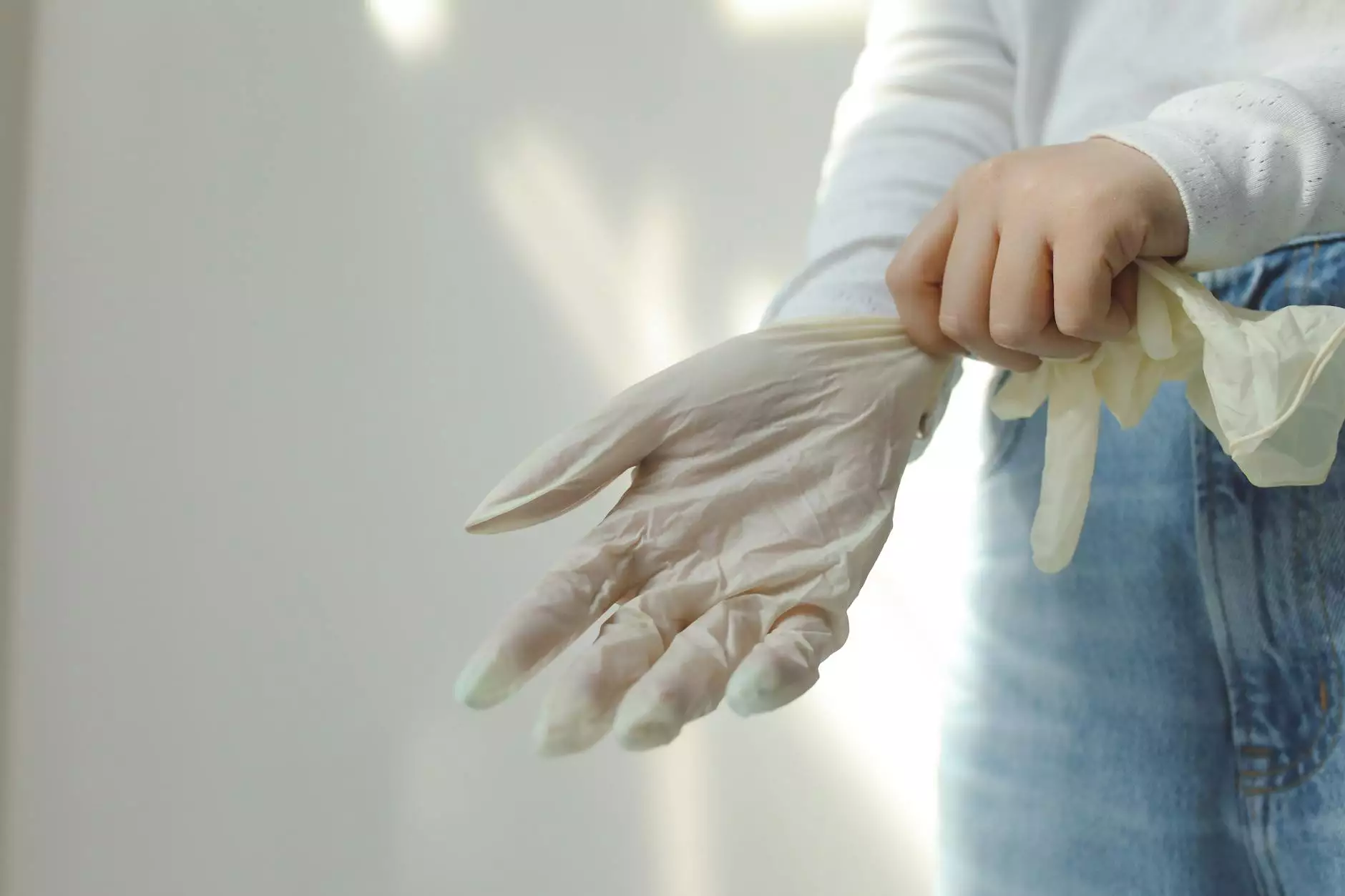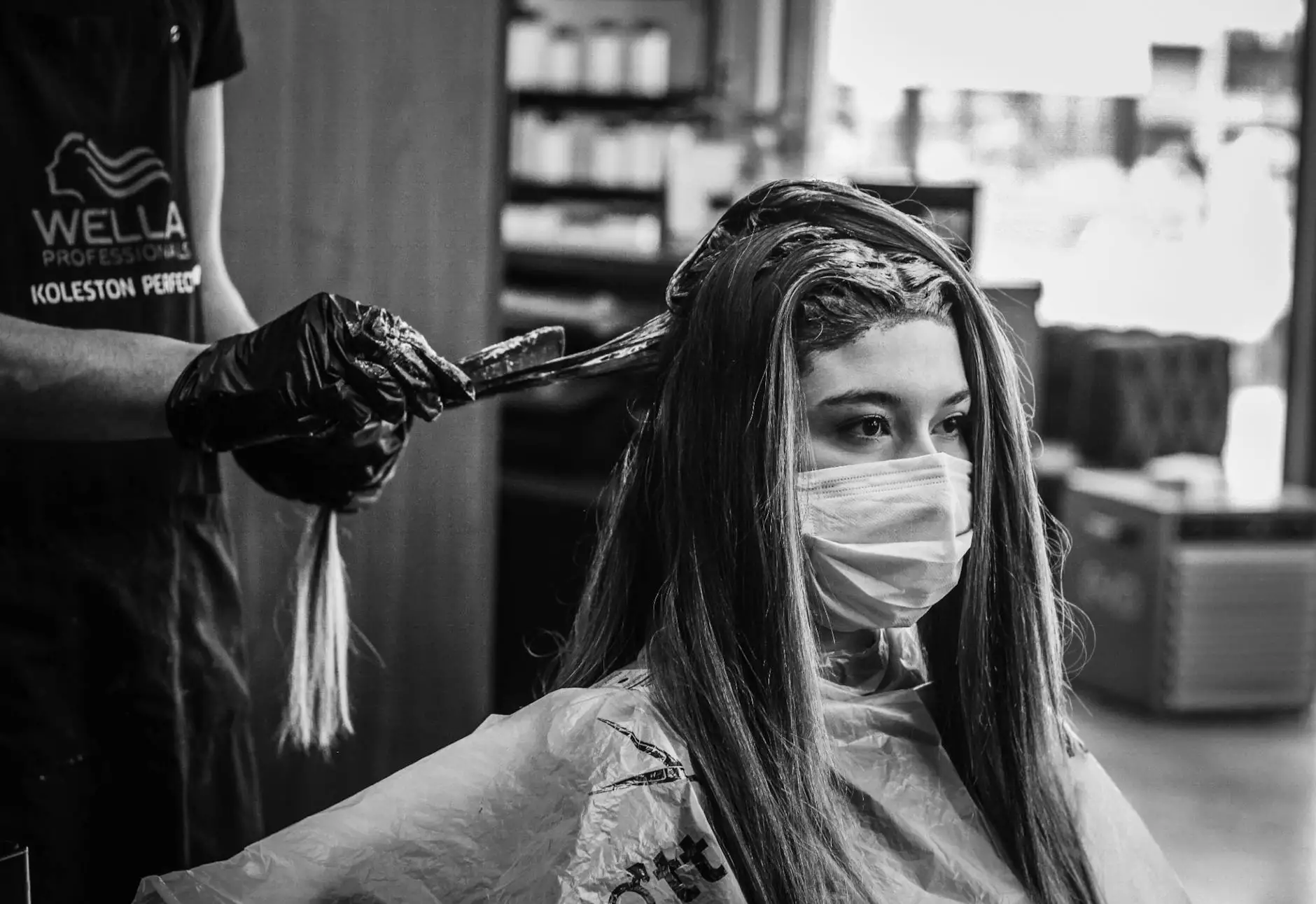The Ultimate Guide to Caring for Your Feet After a Marathon

Running a marathon is an incredible feat that requires not only physical stamina but also mental resilience. For many athletes, crossing the finish line is a thrilling achievement. However, the celebration often comes with hidden challenges, especially when it comes to your feet after a marathon. In this comprehensive guide, we’ll explore the best practices for post-race foot care to ensure your recovery is as effective as possible.
Understanding the Impact of a Marathon on Your Feet
Before delving into recovery strategies, it’s important to understand the specific stresses that a marathon places on your feet. During a marathon, each foot strikes the ground thousands of times, leading to:
- Blisters - Friction can cause painful blisters.
- Swelling - Extended running can lead to temporary swelling in the feet.
- Soreness - Muscles and tendons are often strained.
- Injuries - Overuse injuries such as plantar fasciitis, Achilles tendinitis, and stress fractures can occur.
Immediate Care for Your Feet After Crossing the Finish Line
Immediately after completing a marathon, it is crucial to minimize damage and start the recovery process. Follow these steps:
1. Cool Down and Stretch
Take 10-15 minutes to cool down. Perform gentle stretching exercises to alleviate muscle tension and improve blood circulation throughout your feet.
2. Remove Your Shoes and Socks
Once you’ve crossed the finish line, take off your running shoes and socks. This will allow your feet to breathe and reduce the risk of blisters.
3. Inspect Your Feet
Examine your feet for any signs of blisters, cuts, or injuries. Address any issues immediately to prevent complications.
4. Rinse Your Feet
If possible, rinse your feet with cool water. This will help reduce inflammation and soothe sore muscles.
5. Elevate Your Feet
Once you’re settled post-race, elevate your feet to reduce swelling. Prop them up on a chair or against a wall for 15-20 minutes.
Long-Term Foot Care After a Marathon
After the initial care, it’s essential to implement a long-term strategy for foot recovery. Adopting the following practices can aid your recovery significantly:
1. Hydration is Key
Proper hydration helps your body recover more efficiently. Aim to drink plenty of water and electrolyte-replenishing beverages in the days following the marathon to facilitate healing.
2. Proper Footwear Selection
Post-race, make sure to wear comfortable, supportive shoes. Avoid wearing flip-flops or sandals that don’t provide adequate support. Consider shoes that have plenty of cushioning to protect your feet during recovery.
3. Foot Soaks for Recovery
A relaxing foot soak can relieve tension and promote recovery. Try soaking your feet in warm water with Epsom salts to reduce soreness. Aim for:
- Warm water
- 2 cups of Epsom salt
- 20-30 minutes of soaking
4. Moisturize Your Feet
Your feet go through a lot during a marathon, and moisturizing them aids in healing. Apply a quality foot cream focusing on dry areas and cracked heels. Look for products containing:
- Urea
- Shea butter
- Natural oils like coconut or olive oil
5. Gradual Return to Training
It’s tempting to jump back into training immediately after a marathon, but it’s important to allow your feet adequate recovery time. Follow this guideline:
- Rest for at least a week after the marathon.
- Begin with low-impact activities such as swimming or cycling.
- Gradually reintroduce running, listening to your body’s signals.
Common Foot Injuries to Watch For After a Marathon
Being aware of potential injuries allows for proactive care. Common foot injuries to monitor include:
1. Plantar Fasciitis
Characterized by sharp pain in the heel or bottom of the foot, plantar fasciitis may occur after the strain of a marathon.
2. Achilles Tendinitis
Pain and stiffness along the Achilles tendon can worsen with activity. Seek stretching and strengthening exercises to manage this condition.
3. Stress Fractures
These tiny cracks in the bones of the foot can develop due to overuse. Rest is essential, and consult a specialist if pain persists.
When to Seek Professional Help
If you experience persistent pain, swelling, or any unusual symptoms after a marathon, it’s important to seek professional advice. A podiatrist can provide a thorough assessment and recommend the appropriate treatment. Symptoms that warrant a visit include:
- Severe or persistent pain that doesn’t improve with rest.
- Signs of infection like redness, warmth, or discharge.
- Swelling that does not reduce after a few days.
Conclusion: Prioritizing Foot Care After a Marathon
Your feet are your foundation, and caring for them after the rigorous challenge of a marathon is essential. By following these recommended strategies and prioritizing recovery, you can ensure that your feet after a marathon are well taken care of, allowing for a faster return to your next running adventure. Remember, proper foot care not only enhances recovery but also improves performance in future races.
For more expert advice on health and podiatry, visit The Foot Practice. Your feet deserve the best care!
feet after marathon








